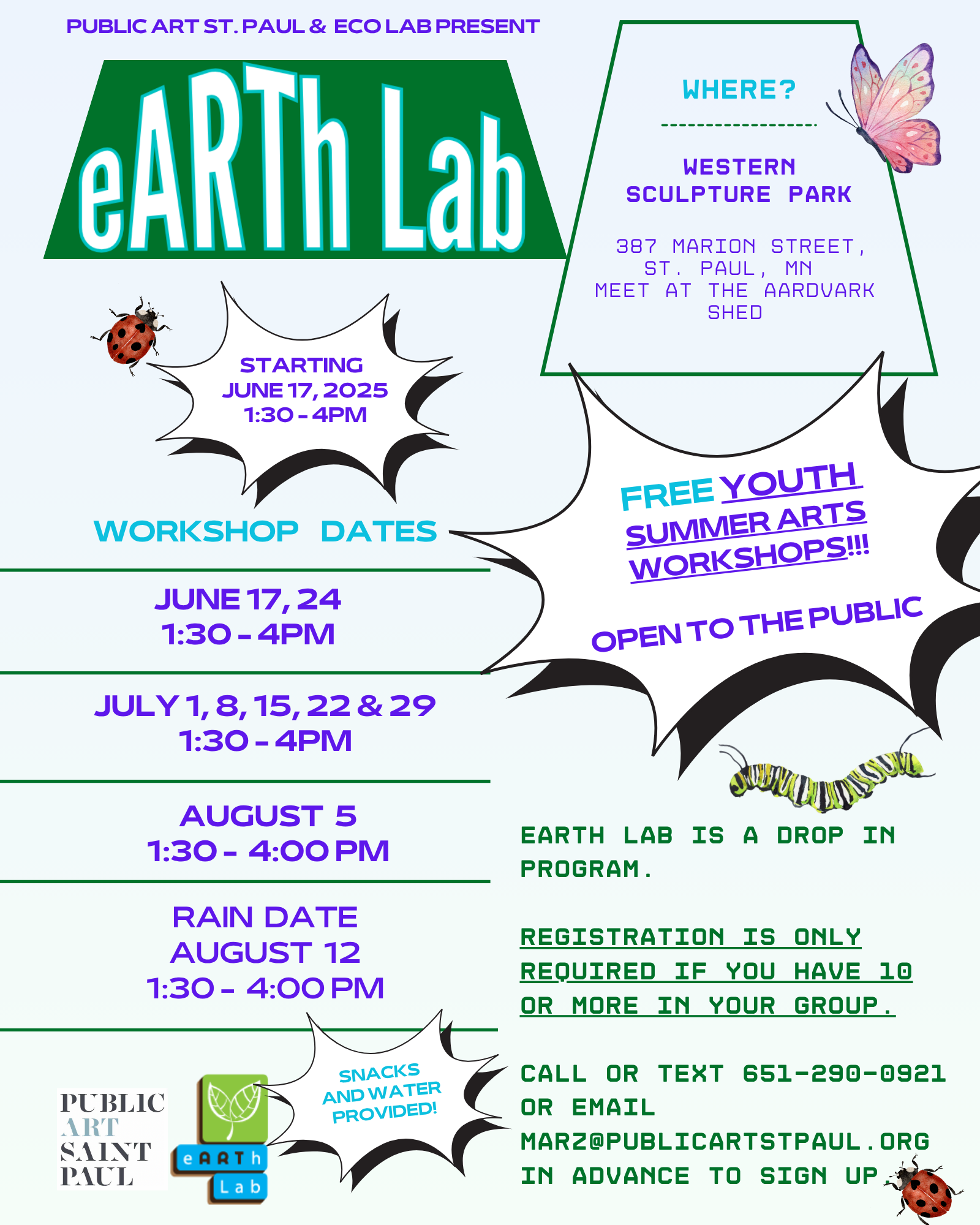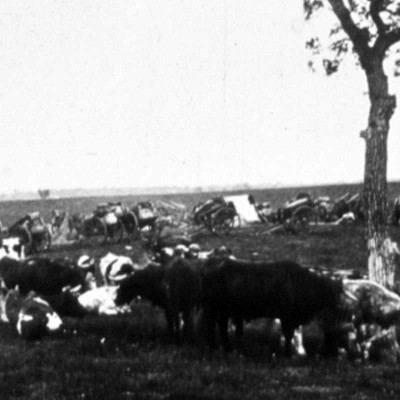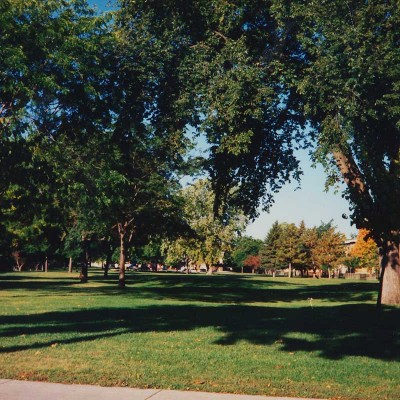ENVIRONMENTAL ART WORKSHOPS
About eARTh Lab
eARTh Lab workshops use art to develop skills, promote personal growth, and to encourage a new generation of active citizens. Each workshop engages teaching artists, education interns, and wonderful volunteers in sessions that are open to youths of all ages. Free snacks are provided as well.
WORKSHOPS FOR SUMMER 2025
All workshops are free and open to the public
Tuesday, June 17, 2025 – Nature Collage with Cheese Glue with Teaching Artist Elisabeth Heying
1:30-4 PM
Tuesday, June 24, 2025 – Creature Connections Sculptures with Teaching Artist Grace Beno
1:30-4 PM
Tuesday, July 1, 2025 – Air-Dry Clay Nature Mosaics with Teaching Artist Michael Finch
1:30-4 PM
Tuesday, July 8, 2025 – Our Imagined River with Teaching Artist Amelia Blue Gortera
1:30-4 PM
Tuesday, July 15, – Mud Stencils with Teaching Artist Nancy Ariza
1:30-4 PM
Tuesday, July 22, Hummingbird Pollinator Masks with Teaching Artist Esther Ouray
1:30-4 PM
Tuesday, July 29, Pollinator Parade with Teaching Artist Mia Vue Jennings
1:30-4 PM
Tuesday, August 5, Special eARTh Lab Workshop lead by Public Art Saint Paul Intern Sophia Phillips
1:30-4 PM
Rain Date: August 12, 2025
1:30-4 PM
Workshop activities may be subject to change
SIGN UP
eARTh Lab is a drop in program. Registration is only required if you have ten or more in your group. Call or text 651.290.0921 or email marz@publicartstpaul.org to sign up.
ADDRESS
Western Sculpture Park
387 Marion St,
St Paul, MN 55103
PARKING
Street parking is available on W Fuller Ave and N Farrington St.

